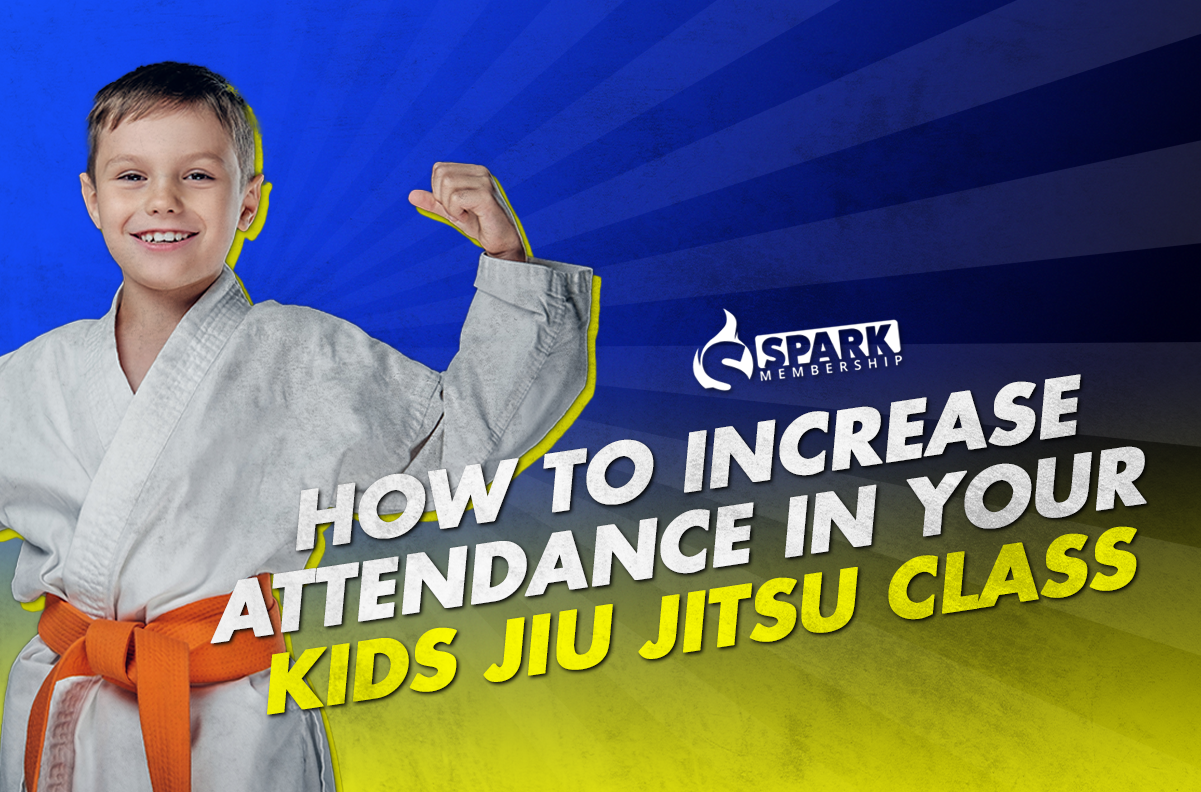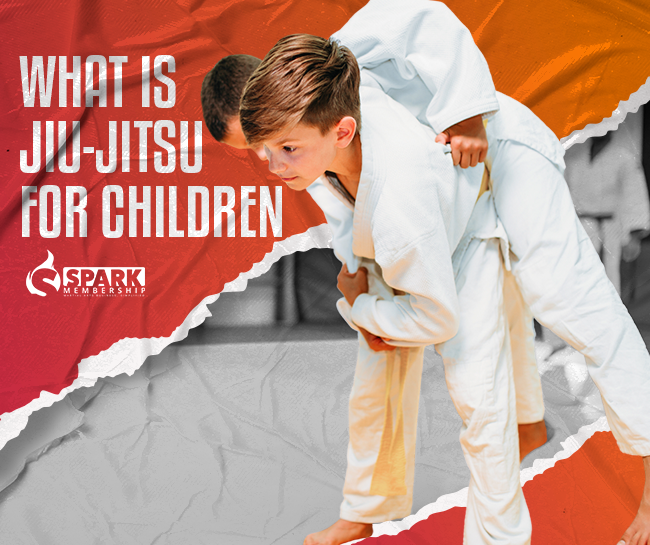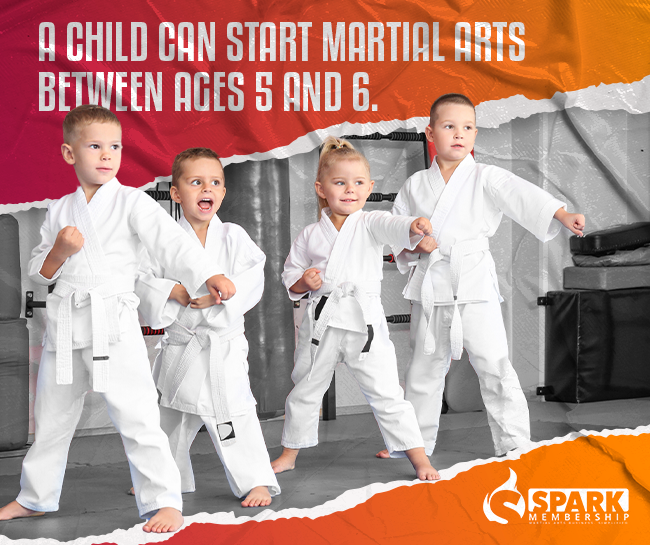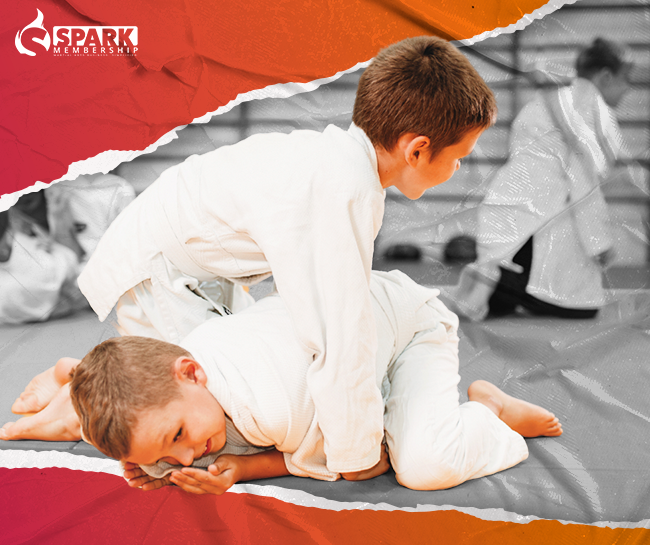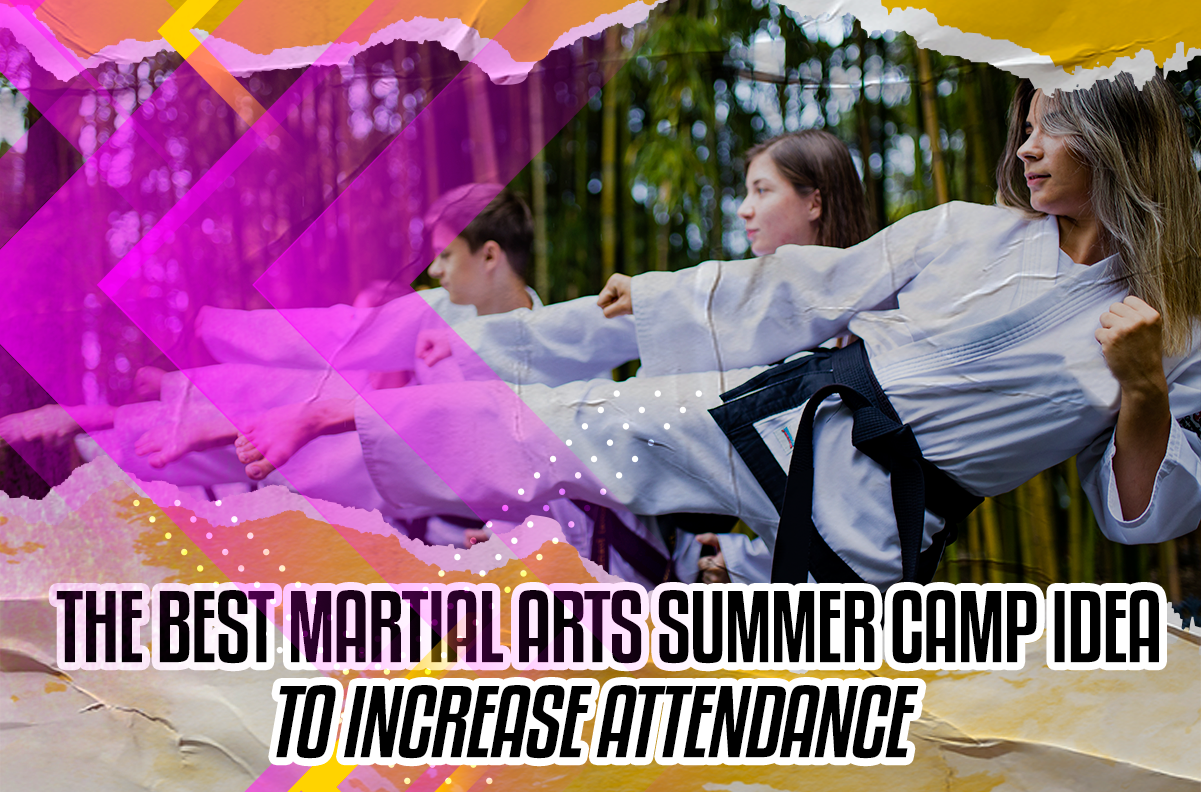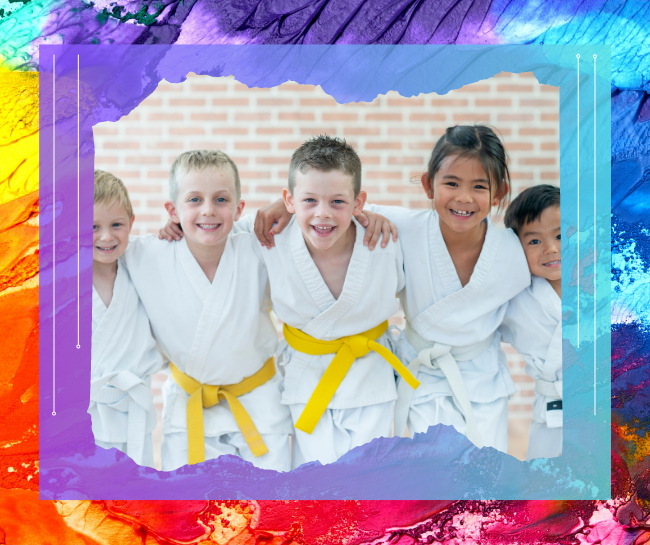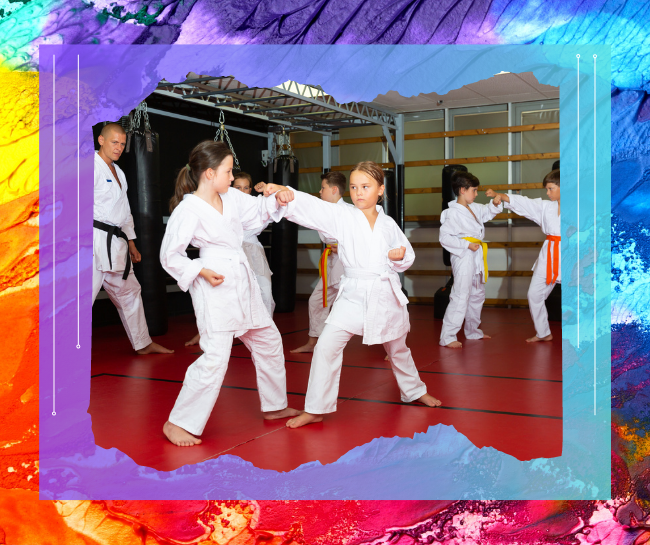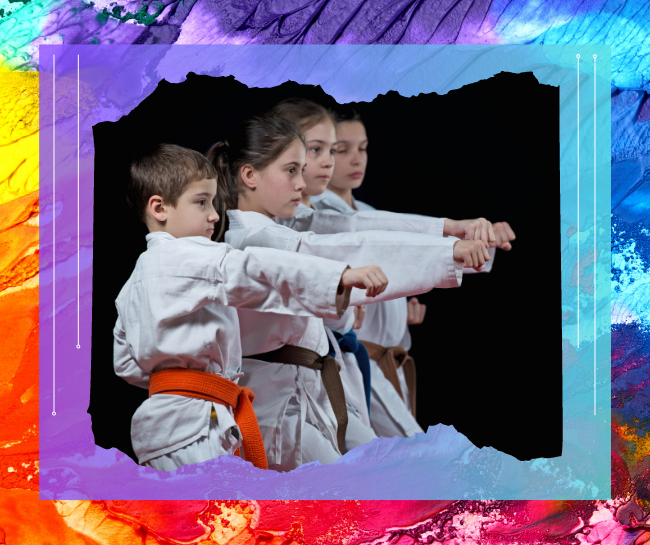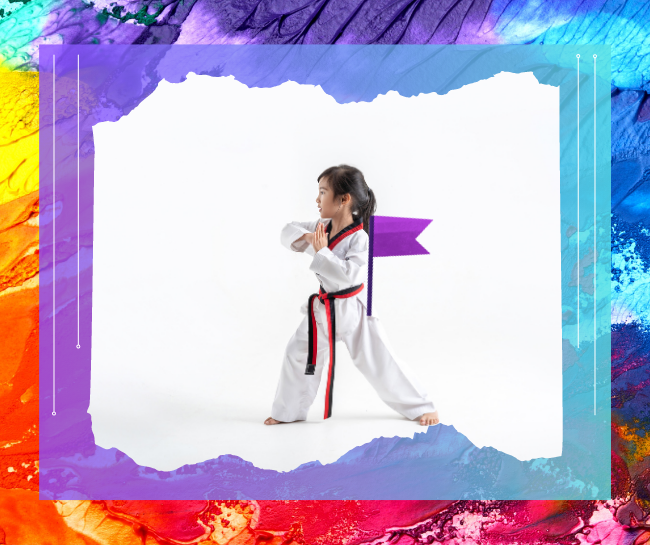
Having a staff meeting is an important part of running a business, and having a checklist to follow can ensure that all important points are covered during the meeting. In this article, we will go over a comprehensive staff meeting checklist that covers various aspects of your business operations, including statistics, student management, promotions, and postcards. This checklist will help you ensure that your staff meeting is productive, efficient, and focused on achieving your business goals.
- Statistics

The first item on the staff meeting checklist is to review the statistics of your business. This includes looking at key performance indicators (KPIs), such as weekly enrollment stats, weekly attendance stats, and upgrades. By reviewing these statistics, you can get a clear picture of how your business is performing and identify areas where improvements can be made.
- Appointments

The next item on the staff meeting checklist is to check the appointment status. This includes reviewing the number of appointments booked, confirmed, and upcoming prospects. This will give you a clear idea of how many people are interested in your services and what you need to do to attract more prospects.
- Admin

The admin section of the staff meeting checklist is an important part of ensuring that your business runs smoothly. This includes reviewing tuition, delinquencies, and in-house payments. By reviewing this information, you can identify any problems with your billing and payment processes and take action to resolve them.
- Trial Students
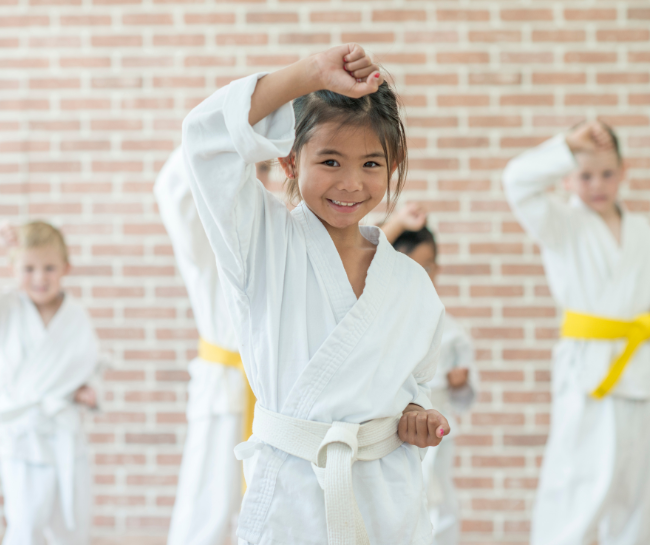
The next item on the staff meeting checklist is to review the trial students. This includes reviewing active and pending students and checking the status of student referrals. By doing this, you can identify opportunities to promote your business and attract more students.
💡 Empower your trial students by providing them with the tools and resources they need to succeed. A thorough staff meeting checklist can ensure that everyone is on the same page, helping to create a positive and productive learning environment for all.
- Upgrades or Renew Students
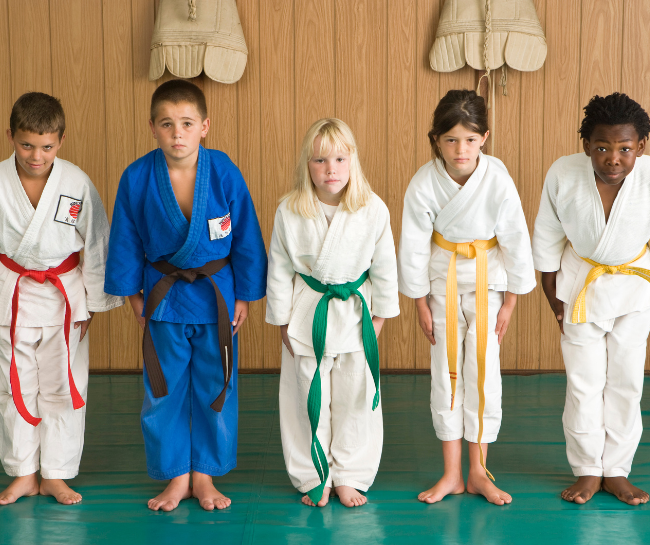
The next item on the staff meeting checklist is to review upgrades or renew students. This includes checking the pending status and upcoming upgrade dates for student management. By doing this, you can identify students who may be interested in upgrading their membership and take action to retain them.
- Student Attendance
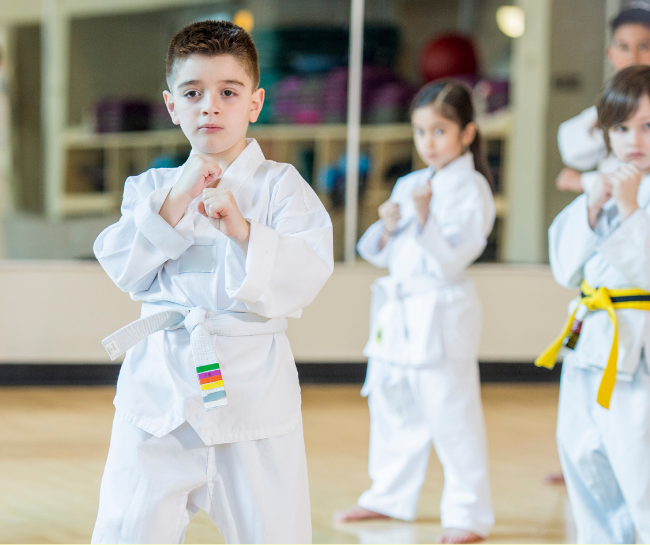
The next item on the staff meeting checklist is to review student attendance. This includes checking the attendance of all students and monitoring their attendance habits. By doing this, you can identify students who may be struggling to attend classes regularly and take action to address this issue.
- Student Card Management
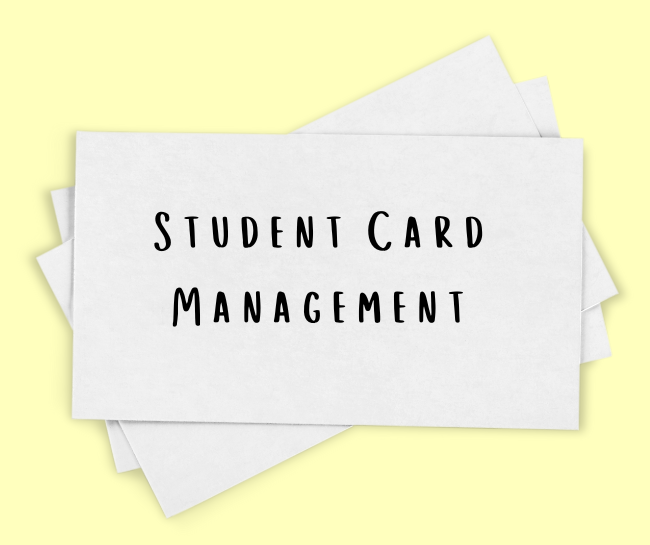
The next item on the staff meeting checklist is to review student card management. This includes checking the student attendance cards and making sure that the student management work is being done properly. By doing this, you can identify areas where improvements can be made and take action to resolve any issues.
💡 Efficient Student Card Management is the key to streamlining your school’s operations and ensuring seamless communication between staff and students. By integrating it into your staff meeting checklist, you’ll be able to stay on top of important details and provide top-notch service to your students.
- Postcards

The final item on the staff meeting checklist is to review postcards. This includes sending postcards to students who have attended a certain number of classes and sending get-well cards to students who are sick. By doing this, you can show your students that you care about their well-being and encourage them to attend more classes.
Conclusion
In conclusion, having a comprehensive staff meeting checklist is essential for ensuring that your business runs smoothly and efficiently. By covering all the important aspects of your business operations, you can make the most of your staff meetings and take your business to the next level. Remember, a positive attitude and good energy are key to having a productive and successful staff meeting.
Boost your gym’s success with a positive first visit. Read our guide “Making the First Time Going to the Gym a Positive Experience” and enhance the member experience with Spark Membership software. Click now to learn more!

